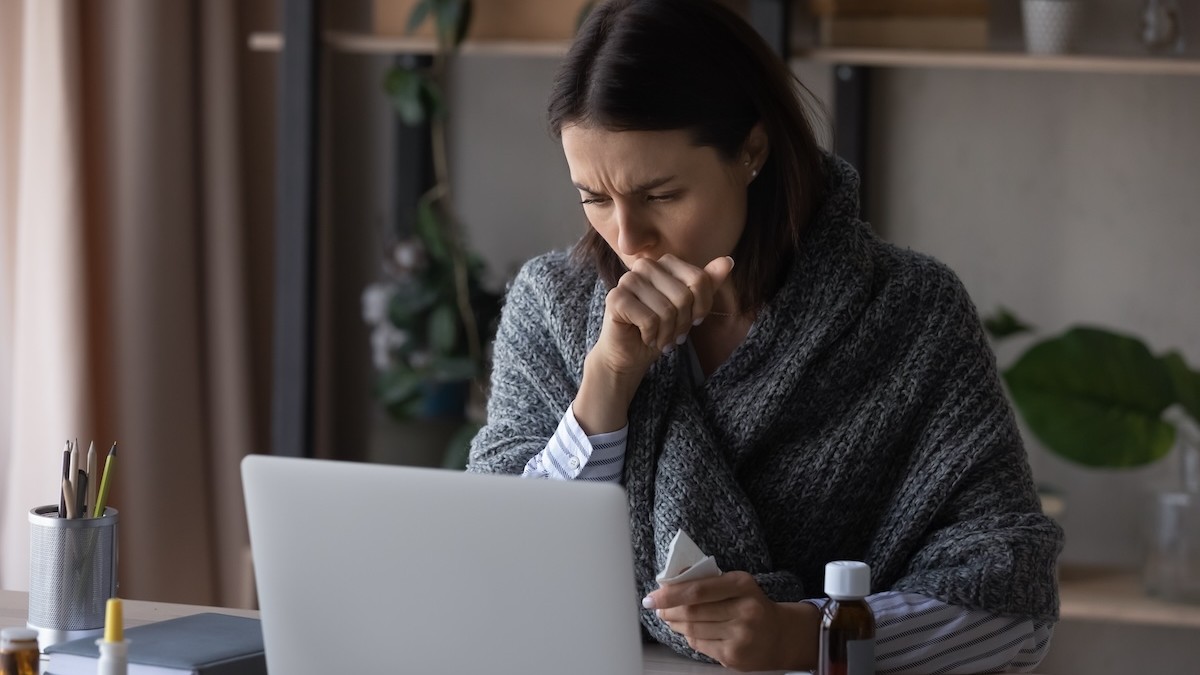Understanding your responsibilities as a salon or spa employer, and how upcoming statutory sick pay changes could impact your team and bottom line
Sickness absence can have a major impact on salons and spas, disrupting appointments, creating scheduling headaches and affecting team morale.
With a mix of part-time staff, full-timers, and self-employed professionals common in the beauty industry, navigating sick pay entitlements can be confusing.
This expert guide explains the difference between statutory sick pay (SSP) and occupational sick pay, what upcoming legal changes will mean for beauty business owners, and how to manage sick leave fairly and effectively in your salon or spa.
What’s the difference between statutory sick pay and occupational sick pay?
In the beauty industry, understanding sick pay entitlements can feel like a minefield, mainly when your team includes a mix of part-time employees, full-time staff, and freelancers.
Occupational sick pay (company sick pay) isn’t a legal requirement, but many salons may offer it as part of their employment package to support staff and boost retention.
If you provide it, you’re free to set the terms, as long as they’re clear in contracts or employee handbooks and applied fairly across your team.
Importantly, your rules must not be discriminatory, for example, treating part-time employees or employees with long-term health conditions less favourably.
However, statutory sick pay (SSP) is a legal entitlement that eligible employees must receive. At present:
- Employees must earn at least the Lower Earnings Limit (currently £125 per week)
- SSP is only payable from the fourth consecutive day of sickness
What are the upcoming changes to statutory sick pay in 2026?
Statutory sick pay is changing with the new Employment Rights Bill proposing that from April 6, 2026:
- SSP will be payable from day one of absence (instead of day four)
- The removal of the earnings threshold meaning more employees will qualify
For salon owners, you’ll likely see more day-one sickness absences being claimed, and a larger portion of your team becoming eligible.
The Employments Rights Bill will also mean changes for zero-hours contracts.

Why salon and spa owners must manage absences proactively
It will be important to get these changes right as the creation of the new Fair Work Agency (also part of the Bill) aims to enforce SSP entitlement, in addition to holiday pay and National Minimum Wage entitlement.
How to handle sickness absence fairly and legally in your beauty business
For salons and spas, sickness absence doesn’t just mean a gap in the rota, it disrupts client bookings, adds pressure to remaining staff and can hit revenue hard.
Covid-19 has also changed the landscape, with more staff managing long-term health conditions – yet many small businesses still lack formal absence management systems, leaving them vulnerable.
Tips to reduce sick leave disruption in your salon or spa
To stay ahead of these changes and protect your business:
- Review absence levels regularly
Are specific individuals taking repeated short-term absences? Spotting trends early makes it easier to act. - Use self-certificates and return-to-work interviews
Always ask staff to complete a self-certification form for sickness for up to seven days and hold a quick return-to-work meeting on their first day back.
These chats don’t need to be formal but should be documented. They help you understand if further support is required or if patterns of absence are emerging. - Be consistent with disciplinary action
If an employee’s absences are excessive without an underlying explanation and you’ve already provided support, you may need to begin formal disciplinary proceedings.
Ensure your absence policy is applied consistently but if there are long-term underlying health conditions which are causing the level of absence, you will be under a duty to make reasonable adjustments to support your employee and a failure to do so would be viewed as disability discrimination. - Check employment status
Make sure your freelancers are genuinely self-employed. Misclassifying them could result in unexpected obligations for SSP, holiday pay and more.
You might also like:

About the author
Gillian McAteer is the director of employment law at Citation, which provides expert health & safety and employment law services for UK SMEs.
Qualifying as a solicitor in 1992, Gillian McAteer has been with Citation since 2003, and her extensive commercial experience has equipped her with valuable insights into clients’ pain points and the ability to guide businesses to the right solution in any given situation.
Citation is led by a team of highly qualified HR and employment law specialists, all of whom are either solicitors, barristers or have many years of commercial HR experience, as well as chartered and certified health & safety practitioners.


.JPG)
